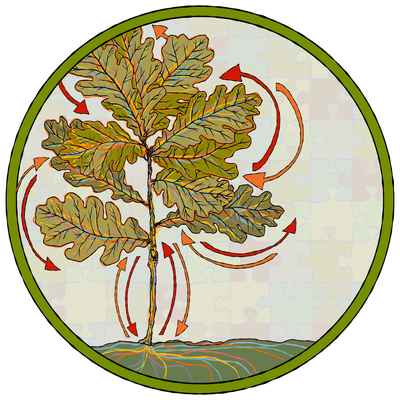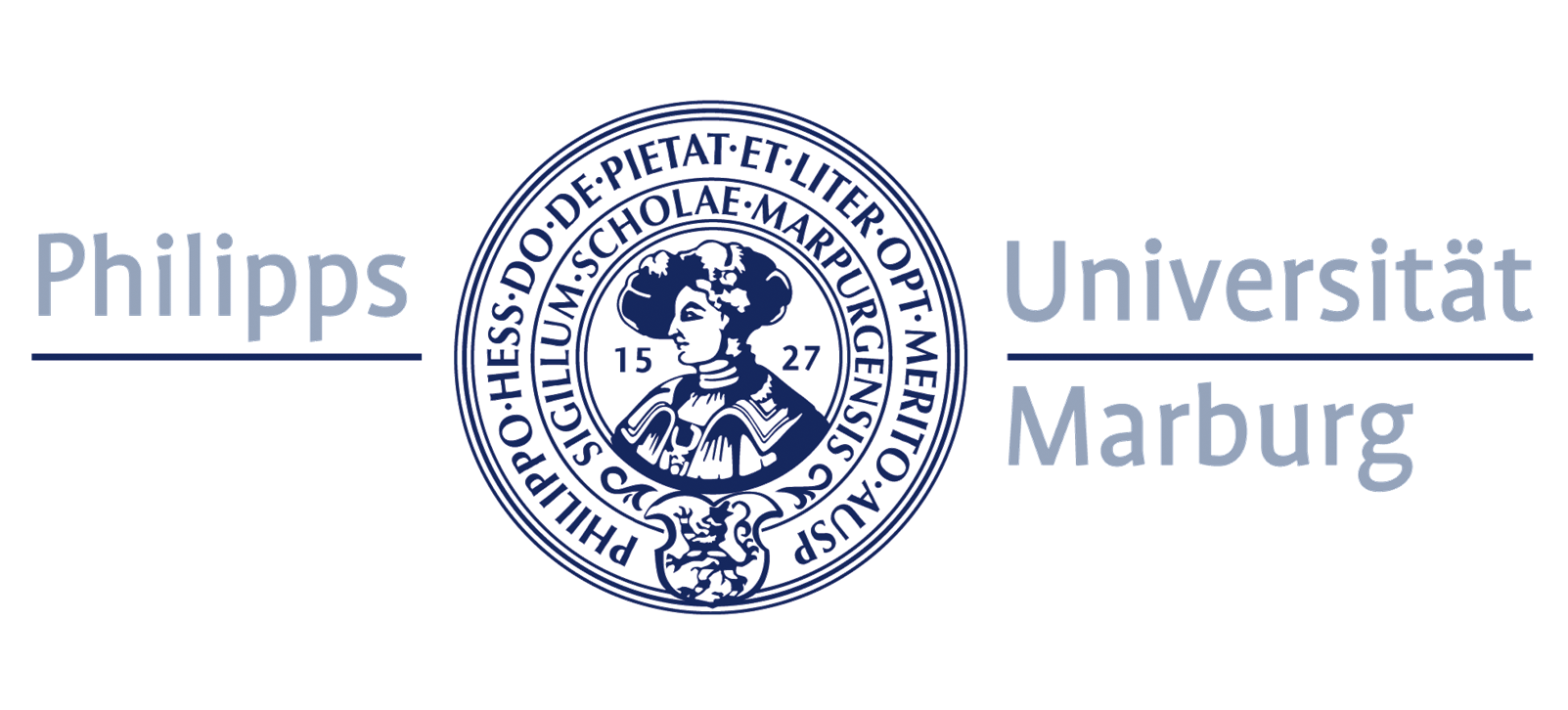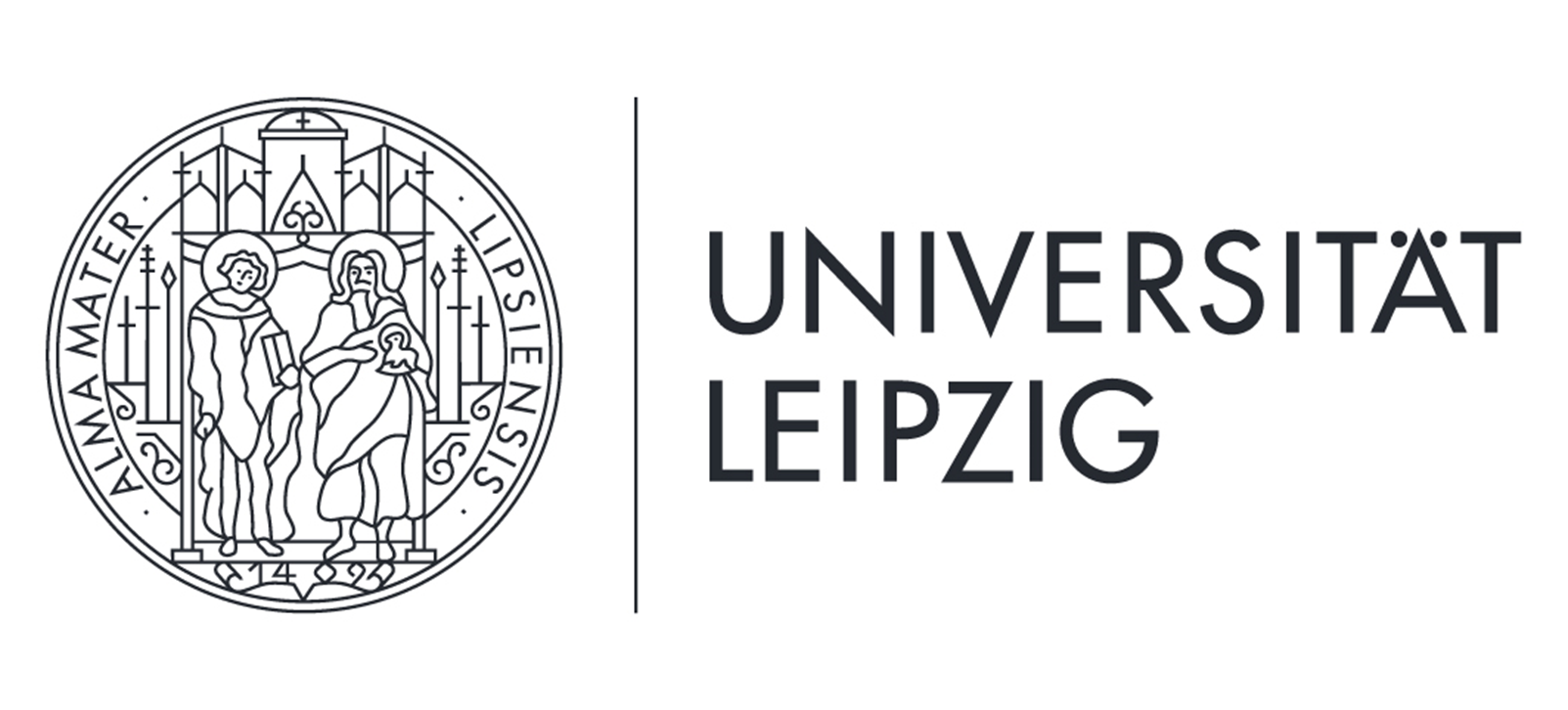Main Content
Subproject 3 - The role of priming for abiotic and biotic stress repsonses in oak

Jürgen Kreuzwieser, Christiane Werner, Fabio Scarpa, James Oluborode
The proposed project (SP3 of the research unit) aims to improve our mechanistic understanding of the ecophysiological responses of the oak holobiont to re-current drought stress. In addition, the effect of abiotic stress on subsequent biotic stress by above- and belowground herbivory will be elucidated. We postulate that the studied oak clone (DF159) will be primed by a first moderate drought event, hence, it will be less vulnerable for subsequent abiotic (drought) and biotic (above- and belowground herbivores) stress. This will be studied by determination of important ecophysiological parameters such as water potential, rates of photosynthesis, chlorophyll fluorescence and others. Another focus of this project is the oak typical endogenous rhythmic growth (ERG) characterized by alternating phases of root and shoot growth, and the effects of stress in these different phases. We will characterize the stress effects on the allocation of carbon into roots and the shoot of primed and non-primed trees during the different phases of growth. Because it is assumed that oak trees have a higher demand for water during the period of shoot growth associated with a higher sensitivity for water scarcity, we also plan to determine the water uptake and distribution within the trees. For determination of carbon allocation and water distribution, we will perform experiments with stable isotopes.
The planned studies of this project will take advantage of all experimental platforms of the RU. In Freiburg we are responsible to conduct the Freiburg Ecotron experiment with focus on re-current drought and its interaction with belowground herbivores (root parasitic nematodes). The studies at the iDiv ecotrones will focus on the interaction of re-current drought with leaf herbivores (Lymantria larvae) and the effects on oak ecophysiology. The potential of ecophysiological acclimation along macro- and microclimatic gradients (platforms 2 and 3 of the RU) will also be determined using oak clone DF159, thereby excluding genotypic variability of the plant partner of the holobiont. In an integrative approach we will bring together the results from the ecotron experiments and the field work with the aim to better understand the ecophysiological processes underlying acclimation to environmental stress in oak trees.





